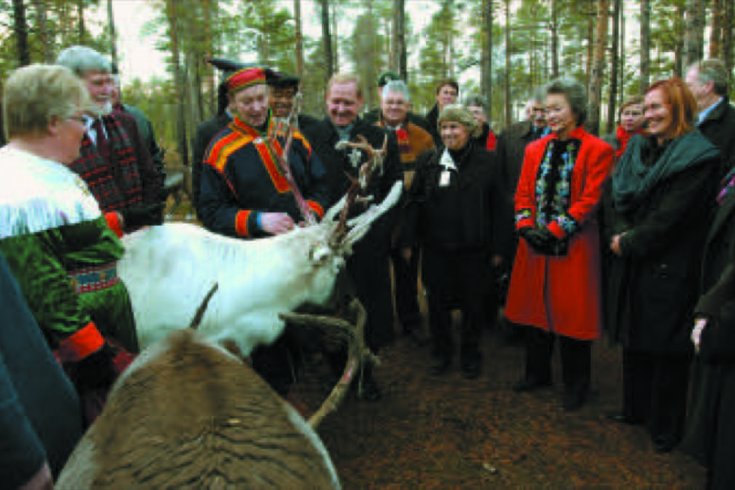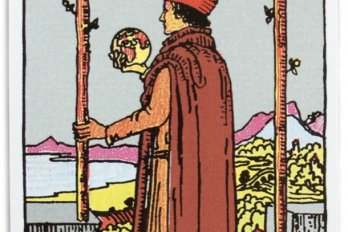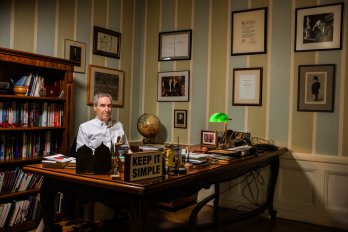
helsinki—With the passage of time and having taken up a position as writer-in-residence at Hollins University in Virginia, it is now safe, I believe, to share a fond remembrance of the Governor General’s circumpolar state visit to Finland and Iceland a year and a half ago. I was grateful to be included among such a storied group of politicians, architects, photographers, writers, artists, musicians, and winemakers on this “Quest for the Modern North,” but by day four it had become only mildly amusing that the cellist’s cello had its own seat on the plane, or that the cello case bore a happy face inscribed in Magic Marker, or that one of our fellow guests was said to have become so disenchanted about something that he refused to speak to anyone and had asked to be reassigned to the seat beside the cello.
Each morning after we left Canada, press clippings from home were distributed to us as we boarded the Mulroney Airbus, most of them critical of the cost to the Canadian taxpayer of this junket to the north and most of them riddled with misinformation, which the Governor General’s press staff highlighted with yellow pencil. Reading entirely fictional accounts of the treasury-draining antics we had been up to the night before became our favourite way of killing time. The press missed the half of it.
At a state dinner at the Presidential Palace in Helsinki, I was told that the Finnish language bears no resemblance to any other language, including the languages of the countries that surround it. The Finns are obviously proud of this linguistic anomaly—so much so that if you remind them that some linguists believe Hungarian to be related to Finnish, they become quite indignant. I was told by a Finnish government official that the major stress in every Finnish word is on the first syllable. “For instance, it is not Helsinki as you pronounce it,” she said, “but Helsinki.” A Canadian diplomat who was also taking part in the conversation muttered to me, “You can take my word for it that in the name of this city the most important syllable is hell.” Later that evening, after having had quite a bit to drink, he told the Finnish official that “Helsinki” quite obviously derived from the English phrase “sink hole.”
In Europe, you can usually find a root word on signs that helps you identify what is being sold in a certain store, or what the function is of a certain building, or what the likelihood is of being shot for trespassing. Not so in Finland. We looked in vain for such clues, and the consequent sense of disorientation was profound. “Voorplkendaalnak,” a road sign might helpfully read as you are trying, while driving at 100 kilometres an hour, to find an exit ramp to a highway that you hope will look as if it leads somewhere other than deeper into the woods.
We went north. On the writers’ schedule was listed a “round table” discussion with Lapland writers, indigenous writers from a people known as Samis, who inhabit Finland and other circumpolar countries.
There were three Canadian writers—me, Jane Urquhart, and Wajdi Mouawad, a Montreal francophone playwright of Lebanese descent whose command of English, though superior to my command of French, was such that he wrongly believed that Jane and I knew better than he did why the presence of writers was required at the tour of a fish plant or a discussion of the effects of meteorological changes on the harvesting of moss in the circumpolar region.
The Samis, who were, for some never-disclosed reason, all women, were dressed in their traditional costumes, colourful dresses and hats adorned with bells and ribbons. Some of them were quite short with an almost elfin appearance, including flattened pointy ears.
There was no “round table” per se, but several tables we were encouraged to move among so that we might engage in discussion with as many Samis as possible. This proved problematic, however, as we soon discovered that each of the Samis spoke a different dialect. Not only could we not understand them, they could not understand each other. Inquiries were made about an interpreter. The need for one, though now acknowledged, had not been anticipated.
What, in that case, I would have asked our handlers, had they not been elsewhere handling what I had no doubt was a more promising cultural exchange than ours, were we supposed to do for the next hour? I could think of nothing but to draw a map of the world and indicate on it the locations of Newfoundland and Finland. Soon, everyone was drawing and exchanging maps. If I understood the maps I was given, several of the Samis had been flown to Lapland from as far away as Russia for this “discussion.”
When our respective homelands had been depicted, we sketched what I took to be our houses. When the hour was up, one of the Samis wrote something on a piece of paper and handed it to me. It was her email address.
We boarded the bus and, consulting our schedules, saw that next we would be visiting a reindeer farm. Before we reached the farm, however, the bus pulled into the parking lot of a large hotel. While this rest stop would be brief, a number of suites had been booked for us and we were told that if we wished we could debark from the bus and take a very private pee.
We then visited the reindeer farm, where we were encouraged to pet the reindeer. They were quite docile, so pre-occupied were they with shedding their antlers of fur by rubbing them on fence posts and bushes.
Next, as it was growing dark, we went to a restaurant where some local officials greeted our delegation before we all sat down to a dinner of—reindeer steaks. Most of us made do with salad, dinner buns, and dessert. As we left the restaurant after dark, one of our delegation pointed at the sky and shouted “Look, the aurora!”
We looked up. Never, we were in the midst of agreeing, had we ever seen such a display of the aurora borealis, when someone drew our attention to the source of the aurora, a group of variously coloured spotlights on the roof of the restaurant.
We boarded the bus in sheepish silence. Lapland, I’m sure, was quite relieved to see us depart.


